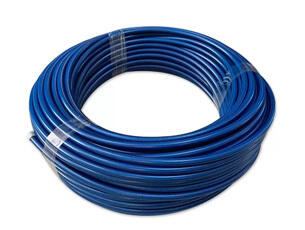
Hengshui BURK offers precision-engineered motorcycle brake line adapters that resolve compatibility issues between different brake systems. These adapters are crafted from billet aluminum or stainless steel, featuring threaded ends in standard sizes (e.g., M10x1, 3/8-24 UNF) to connect brake lines, master cylinders, and calipers. The adapters undergo CNC machining for tight tolerances (±0.01mm), ensuring leak-free connections. They are available in straight, 45°, 90°, and 180° configurations to accommodate complex routing in custom builds. The brand's adapters also feature anti-seize coatings to prevent galling during installation, with pressure ratings up to 2500 PSI. Whether upgrading to aftermarket calipers or modifying brake lines, these adapters provide a reliable solution for motorcycle enthusiasts and mechanics.

Copyright © 2025 by HENGSHUI BRAKE HOSE MACHINERY CO.,LTD — Privacy Policy